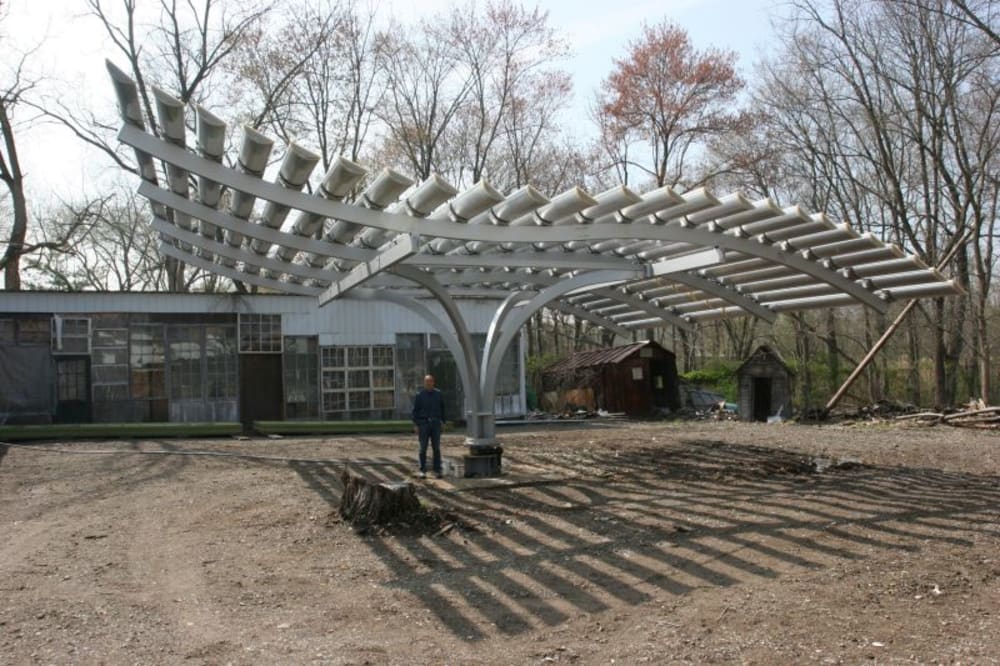
India and other developing economies continue to face crippling hunger and poverty rates. Despite the consistent production of agricultural products, the post-harvest loss rate for fruits and vegetables hovers around 40% undermining the ability of local farmers to feed their countrymen and develop exports.
To address this problem of spoilage and improve the potential for countries to feed their populations we have developed a cold storage product unique both in concept and portability: RASP®.
RASP®, combines the latest in cold storage manufacturing technology with a patented unique solar power generator and battery packs designed to form a completely integrated system.
The solar technology being implemented is the most reliable technology known-silicon mono-crystalline cells. This technology provides the highest power output per area occupied.
The RASP® cold room can be located at any point in the supply chain, from the farm to the export center. The entire system can be easily assembled in less than 48 hours by 2 semi-skilled workers and an electrician.
The amount of crops that can be stored in each RASP® unit is estimated at 3-15 MT although scalability to larger capacities is possible.
The project can be used for storage of pharmaceuticals as well.
The RASP® COLD ROOM is presently set to be 24 ft x 10 ft x 8 ft but the final size will be determined during the prototyping proccess.
The process for running the room on a day to day basis will be through the use of batteries that will directly power the cold room as well as store power for 3-4 days when there is NO power generated by the Arbor.
The number of batteries can be increased if needed to provide for longer “normal” periods without total sunshine. The total amount of potential battery storage will be determined during the prototyping process.
On a typcial cloudy day the Solar Arbor will still generate approximately 20-25% of the electricity generated on a “perfectly sunny day”.
The electrical output for the Solar Arbor ranges from approximately 19000 KwH for the Mid-Atlantic States in the US to approximately 24000 KwH for the area surrounding Hyderabad, India. The lattitude location is the determining factor of the amount of electrical power generated.
The Solar Arbor will rotate to follow the path of the sun on a daily basis and has been engineered to withstand hurricanes, ice storms, blizzards, and other weather catastrophies.
The software that will run the system has been develeloped by the engineering staff of the cold room provider in conjunction with input from the Solar Arbor engineering staff. The software will monitor and control the entire process including indicating when portions of the system are at risk and potentially need repair or replacement in time for these to take place without down time.
Remotely, the temperatures inside the room can be monitored and changed depending upon the crops involved on a seasonal basis.
From a remote location one operator can monitor in excess of 250 RASP® COLD ROOMS from a single workstation.
-
Awards
-
 2012 Top 100 Entries
2012 Top 100 Entries
Like this entry?
-
About the Entrant
- Name:Bruce Rubin
- Type of entry:teamTeam members:Bruce Rubin
Jerry "Wolfie" Wolf - Patent status:patented









